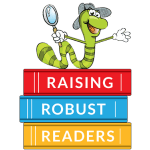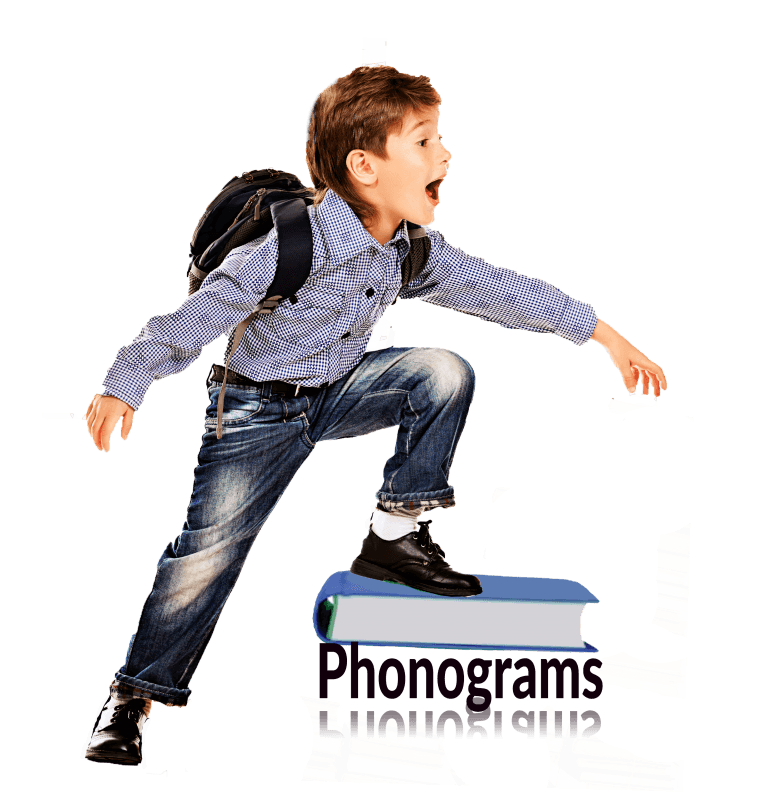
Raising Robust Readers in the Classroom
Uncover the logic of the English code and guide your students to more proficient reading.
2/3rds of our nation’s children read below proficiency.
There is a better way to teach reading. Raising Robust Readers will show you how, using the power of the Reading Code. Teaching a deeper understanding of how words work from the phoneme level up, Raising Robust Readers will help you uncover the logic of the English code so you can guide your students to more proficient reading.
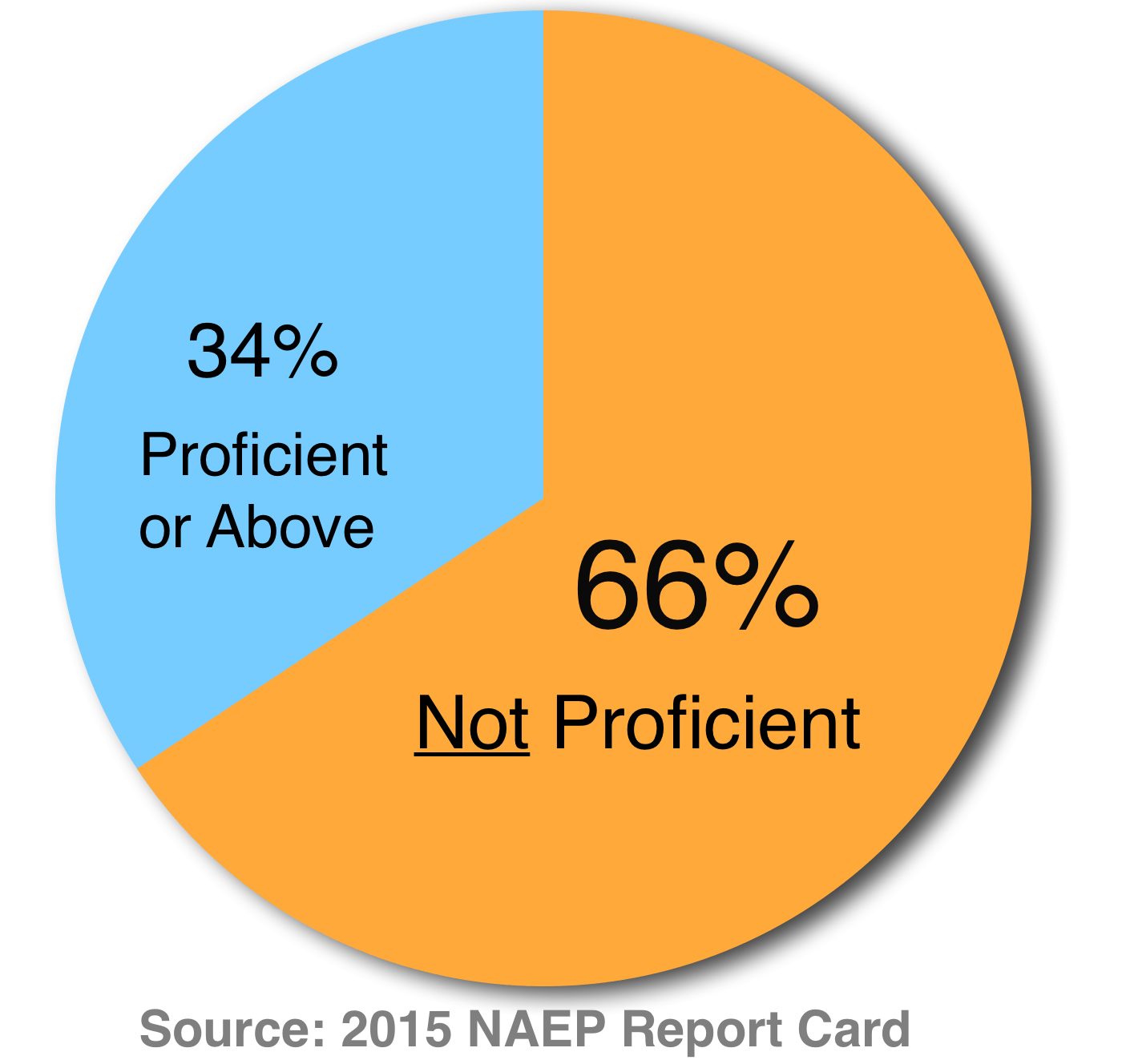
Unlock the power of Raising Robust Readers in your general education classroom. This Orton-Gillingham-based reading program is far more than a one-on-one or RTI program for struggling readers. Its multi-sensory teaching strategies, taught through student-centered, fun-filled activities, can be incorporated into pre-school through third grade curricula...and beyond.
Raising Robust Readers incorporates:
- Explicit instruction in phonemic awareness
- Systematic phonics instruction
- 72 phonograms, 6 syllable patterns and spelling clues
- Methods to improve fluency, vocabulary and spelling
- Critical thinking skills and cognitive awareness
- Connected, decodable readers
- All components of literacy
Prevention, Intervention & Acceleration

Start with Sounds and Start Younger
Begin reading instruction with intervention and all children will benefit. When you start younger, teaching in small, logical, sequential steps, you will accelerate early readers and may very well prevent children with a predisposition to dyslexia from ever manifesting reading failure. Traditional methods are failing many of our children. Catch them before they struggle or fail.

All Ages and All Stages
Raising Robust Readers can be used for all ages. It is simple, clear, child-friendly and free of textbook jargon. Instruction can be easily adjusted and adapted for all ages and ability levels. It is especially suited for children with dyslexia or Down syndrome. When using developmentally appropriate strategies, everyone may benefit — from strong readers to struggling readers. Increased parental support is made easier with suggested family fun activities.
Teach Reading Across the Curricula
Students read in all subject areas. Even math has word problems. So let’s teach reading in all subject areas. Using Raising Robust Readers methods, as opportunities arise throughout the day, helps learning and retaining the principles of the phonogram-driven English code. When students can easily decode materials in all their subjects, their vocabulary, fluency, and comprehension increases in all areas.
What Sets Us Apart?
With our multi-sensory reading program, you will teach your students auditory, visual, tactile and kinesthetic instruction, simultaneously, through songs, gestures and play. Our sequence of instruction is a carefully crafted departure from traditional approaches. We teach reading like math, in logical, sequential order. Blending begins very early so early learners experience the joy of reading, not just saying sounds and recognizing letters. Each phase is designed in small successful steps from simple to complex; from sounds to syllables to words.
44 SOUNDS make
72 PHONOGRAMS
Take children beyond the alphabet to the world of phonograms. Phonograms show the 44 sounds in all the words we read. Phonograms may be 1 letter (the alphabet) or may have 2, 3 or 4 letter combinations; but only make one sound. Our multi-sensory songs, gestures and fun-filled activities make them easy to learn and fun to teach.
72 PHONOGRAMS make
6 SYLLABLE PATTERNS
Understanding syllable patterns provides the quantum leap to higher level reading. This is because the type of syllable determines the sound the vowels in words make. Does that ‘A’ say short a? long a? or another 'a' sound. Guessing, frustration, and failure go by the wayside. Instead your students can confidently decode and encode longer, more difficult words with ease.
6 SYLLABLE PATTERNS make
200,000 + WORDS
When students learn how to divide words into 6 syllable patterns they can read words syllable-by-syllable. No more chunking through words nor guessing from pictures or context. Along with 29 reading and spelling clues, it's now possible to decode 95% of all English words.
The Raising Robust Readers Course:
Why Choose Our Course?

Research-Based + Fun-Filled Play
Raising Robust Readers uses engaging materials and Orton-Gillingham principles to teach the logic of the reading code. It is researched based, and incorporates the best practices of the National Reading Panel, the National Right to Read Foundation, the International Dyslexia Association and the National Center for Learning Disabilities. This multi-sensory, explicit and systematic instruction of phonics is at the core of our program. And because play promotes brain growth and creates an additional pathway to learning, our built-in, fun-filled activities are especially important in the early grades.
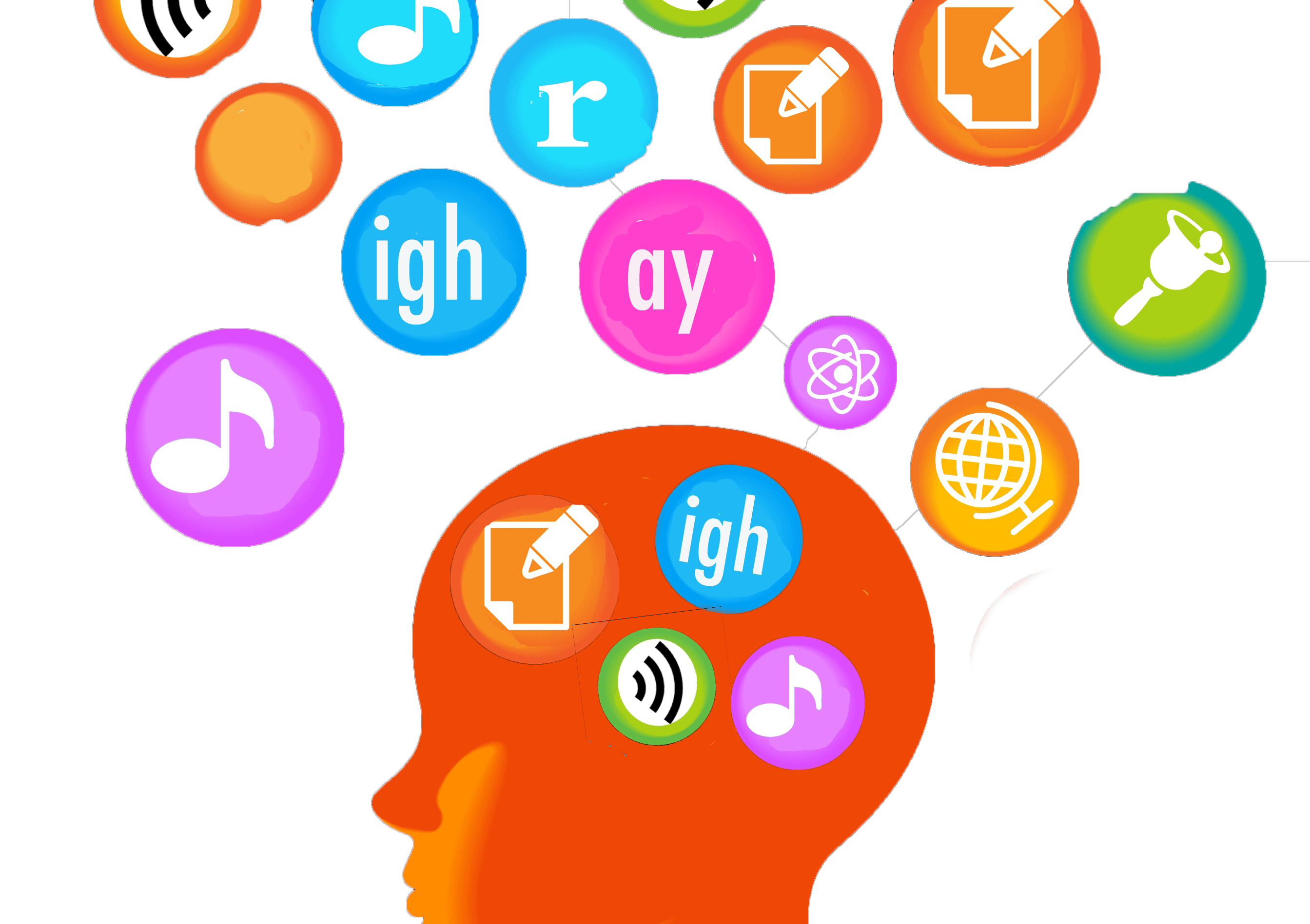
Professional Development
Time, travel and budget constraints are often an impediment to learning Orton-Gillingham systems. We believe training should fit a teacher's schedule. Our online course brings this highly effective method for teaching reading to your desktop and into your classroom. The easy to learn, step-by-step modules and downloadable materials can also be used by teacher aides and volunteers.

Easy to Learn. Fun to Teach.
Phonograms are fun to learn. Video instruction teaches you step-by-step through songs, rhyme and movement that reinforce visual, auditory and cognitive pathways. You learn the code the way you teach the code with built-in, fun-filled activities. Textbook jargon is replaced with child-friendly terminology that makes it easy for you to learn and fun for you to teach. Hop in the car with ‘Bossy r’ or take a drive down Six Silly Syllable street. Stop to celebrate and “Cut the Cake.” It’s fun. It’s easy. It can be life changing.
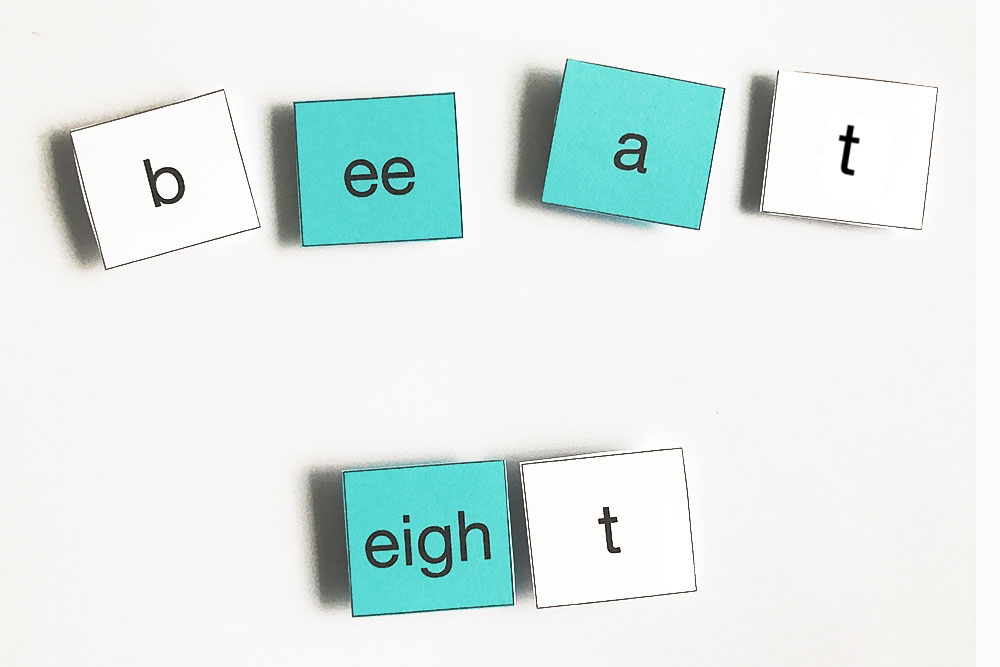
No Memorizing Sight Words
Sight words and whole word memorization may be detrimental to students who are struggling with learning how to read. Decoding words in the traditional, letter-by-letter manner can have crippling results. Children are expected to memorize some 300 sight words when in fact most of them can be sounded out. Try sounding out ‘eight’ one letter at a time and pronounce the result. Now try explaining how that garbled sound equals ‘eight.’ The default solution is to make it a sight word. But there is a better way! With phonograms, the confusion, frustration and failure can be remedied, and your students will understand the WHY!

Answer the How and Why
Where is the a in eight? Where is the e in amphibian? Why does cat start with a c and kitten with a k? They both start with the same sound. Why does duck ends in ck and lark ends in k?
Traditional phonics programs leave many, including teachers, with the impression that English is a crazy language. They don't give us the simple answers that children need. But, English is logical and sensible; and when you know the reading code, you can easily explain it to your students.


"Your phonics reading program has left no stone unturned! I am amazed how yours is the first program in all my years as a homeschooling parent and furthermore as an elementary teacher, that truly dispels the myth of understanding syllables and how to attack them in attempting to read and decode words. I think that there are so many students whose literacy issues could be healed if only they had your program. "
Stacy C.
Elementary Teacher and Homeschooling Mom


"My enthusiasm comes from my realization that I am developing skills and competencies as an educator that I now know I cannot do without! Wordy is a great success with students and I am ecstatic because I AM LEARNING the 72 phonograms also. I now understand the code to our language AND I am growing in confidence to incorporate
Raising Robust Readers into my classroom curriculum.
June D.
First Grade Teacher
Raising Robust Readers in the Classroom
See our program in action!
Pre-Kindergarten Classroom Phonogram Hunt
Kindergarten Classroom Phonogram Songs

“I can’t stop! My head is spinning with ideas! I am trying to control my excitement.
This program is LIFE CHANGING!”
AMY M.
Kindergarten Teacher
Questions You May Have
What is phonemic awareness?
One of my junior high students was just diagnosed with dyslexia. Will this help her, or is it too late?
Is your program suitable for students with and without dyslexia in the same classroom?
Our pre-school teaches the ABCs in order. You don’t teach them in order. Why?
Awards and Accolades

Authors Judy O’Halloran and Marilee Senior received a 2015 Moonbeam Children’s Book Award for literacy for “The ABCs of the Sounds We Read: Going Beyond the Alphabet to Discover the Reading Code.”
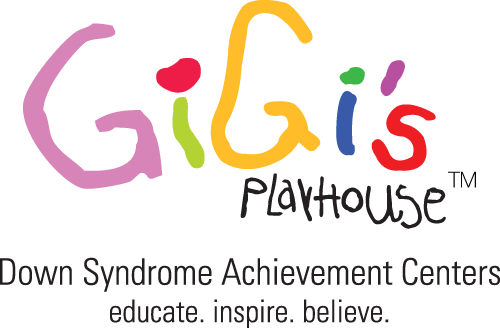
Raising Robust Readers has been chosen by GiGi's Playhouse Down Syndrome Achievement Centers to be used internationally with their literacy programs.
